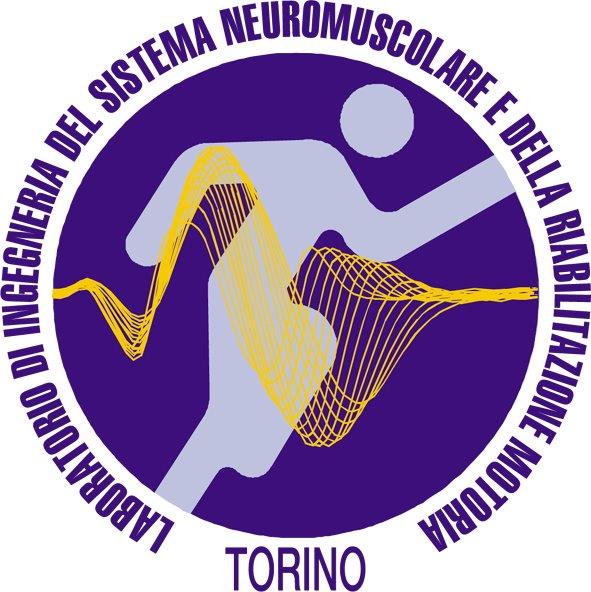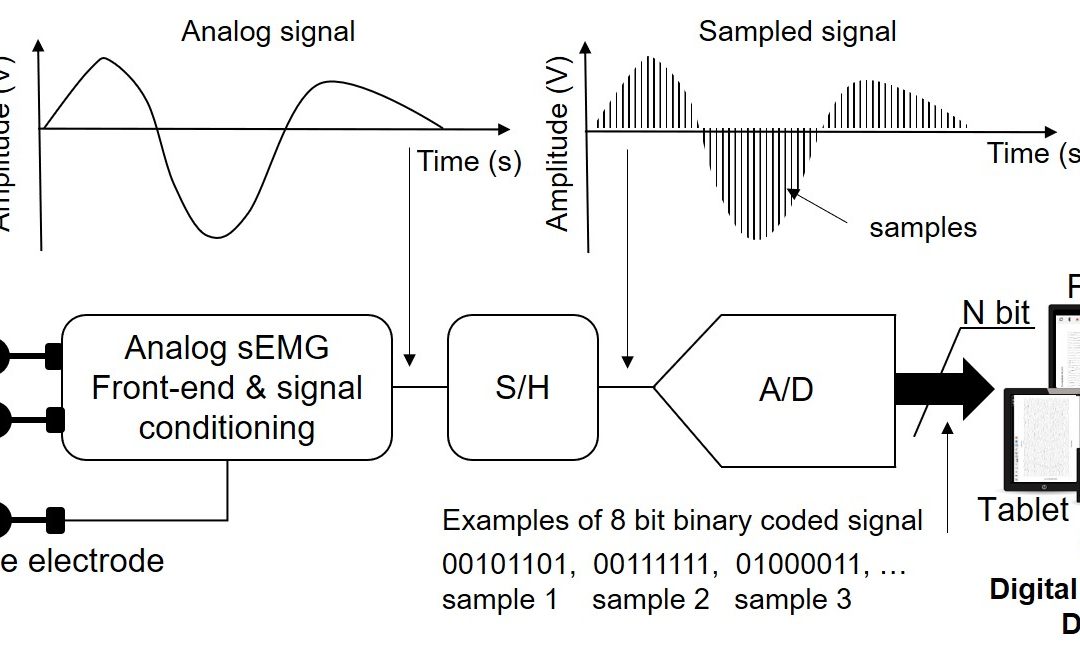R. Merletti, G.L.Cerone
Journal of Electromyography and Kinesiology
Volume 54, October 2020
DOI: 10.1016/j.jbiomech.2021.110846
-
Abstract:
This tutorial is aimed primarily to non-engineers, using or planning to use surface electromyography (sEMG) as an assessment tool for muscle evaluation in the prevention, monitoring, assessment and rehabilitation fields. The main purpose is to explain basic concepts related to: (a) signal detection (electrodes, electrode–skin interface, noise, ECG and power line interference), (b) basic signal properties, such as amplitude and bandwidth, (c) parameters of the front-end amplifier (input impedance, noise, CMRR, bandwidth, etc.), (d) techniques for interference and artifact reduction, (e) signal filtering, (f) sampling and (g) A/D conversion, These concepts are addressed and discussed, with examples. The second purpose is to outline best practices and provide general guidelines for proper signal detection, conditioning and A/D conversion, aimed to clinical operators and biomedical engineers. Issues related to the sEMG origin and to electrode size, interelectrode distance and location, have been discussed in a previous tutorial. Issues related to signal processing for information extraction will be discussed in a subsequent tutorial.
Keywords:
Tutorial; Teaching; Electromyography; sEMG detection; Physiotherapy; Kinesiology; Electrodes; Signal conditioning; sEMG amplifier; Electrode–skin impedance; Interference reduction; Noise reduction; Artifact reduction; sEMG acquisition.
Link:
Go to the paper’s web page

